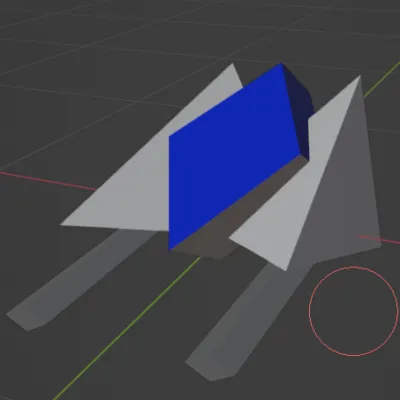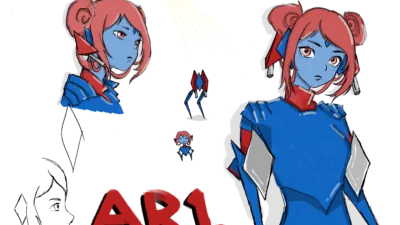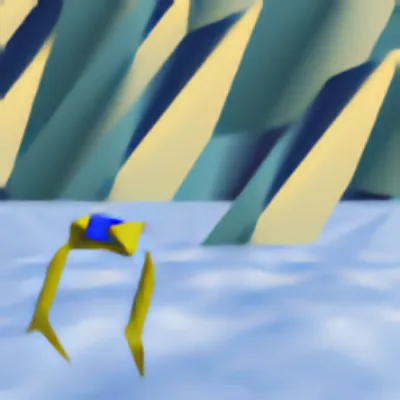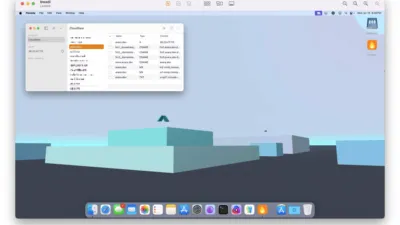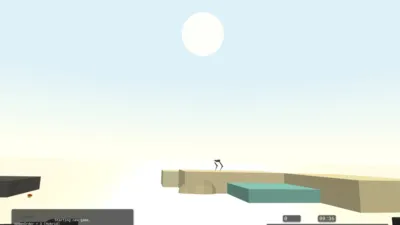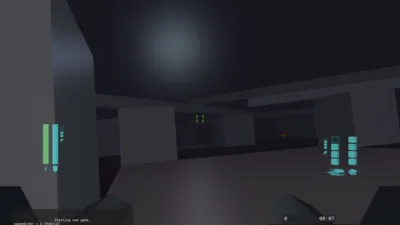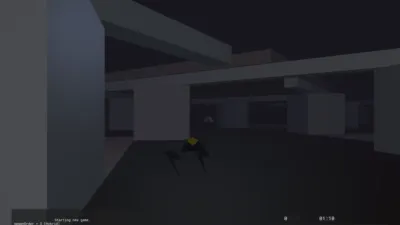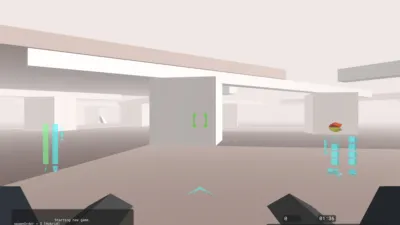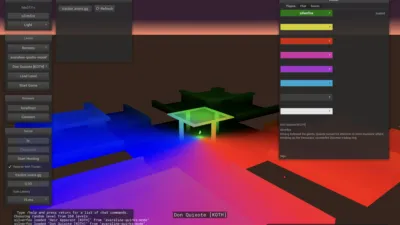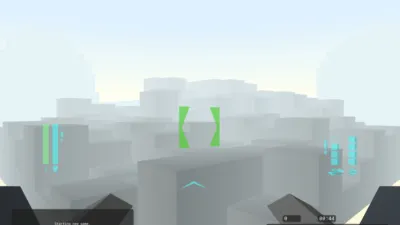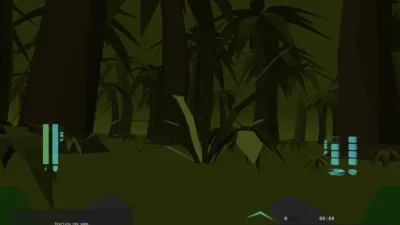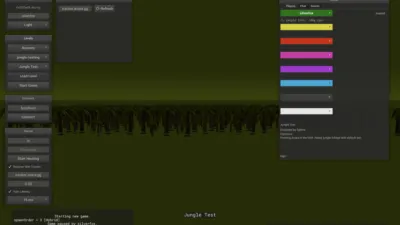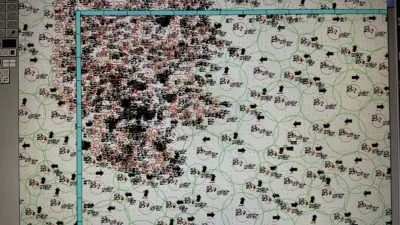Thank you to @paperstarships.bsky.social@bsky.brid.gy for the incredible birthday gift. You better believe AR1 fits into my extended Avara lore universe plan.

Welcome!
This is a community dedicated to the 1996 classic shareware game Avara, and the ongoing development of a modern port.
We are running Incarnator, an ActivityPub/Fediverse server forked from Takahē. If you want to give it a spin, there's an open testing instance at alpha.incarnator.org.
Recent Posts
This server just moved to a new M4 mac mini (co-located at Mac Mini Vault). The machine is named "bwadi" (obviously), so a new wallpaper was in order.
With specular highlights now working, I’m playing around with a potential design for rendering the lights as suns/moons in the skybox.
Decided to circle back to trying to implement specular lighting in Avara, wound up replacing the concept of “colors” in the model format with simple materials composed of a base color, a specular highlight color, and a shininess value. This allows a content creator to customize materials per face. To keep the look of old content intact, the default material continues to impart the flat shaded look!
“Perfection!” I had to fight the acquisition of world space coordinates for the skybox for the purposes of ray casting for longer than I expected, but it seems that it’s paid off and I’m now able to apply fog accurately to the not-actually-there ground.
Debugging calculating world space coordinates per fragment, finally working after a long battle with something meant to be dirt-simple. Turns out Avara’s matrices are transposed. Nothing I’m doing with literally any of this is rocket science, but at least I’m learning a lot in the process. 👍 Thanks to @croc and aureus for banging your heads against the wall with me on this.
Currently working on a lore-accurate atmospheric haze effect! The color is an artifact of the level’s sky colors (I might make it independent later), and the density is also configurable by the level designer. It defaults to off entirely to avoid mucking with the appearance of old levels. This all started as a way to try to subtly add more depth to the otherwise flat shading, which normally can make determining the edges of level geometry difficult. I find that even a low amount of haze (about 500 “ppm”) is enough to alleviate the issue without making things look obviously foggy. (The screenshot is at 200000ppm.) We’re going to work on finding ways to convincingly apply it to the skybox next.
Been working on the Avara renderer again! It’s been on the agenda for awhile, but I finally bit the bullet and drastically improved performance by identifying and storing static objects in a single vertex buffer and draw call. Sphinx built a test level with over 2000 game objects (far beyond any existing level, given the game’s history as a 90’s game) and its performance is essentially no worse than Baghdad, the canonical “barebones” level. Previously a map like this would take something like 10ms to render, now it renders in less than 1ms on average (it peaked at 1.3). I also worked on a simple fade out effect for objects exiting the view distance.
I'd love to give back to GNU but sometimes the libraries sure do disappoint. Perfect compliance to the style guide AND writes random strings to `stderr`. We don't do `#define BUFFER[4096];`--in 2013 no less
